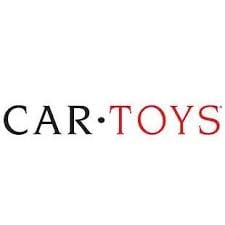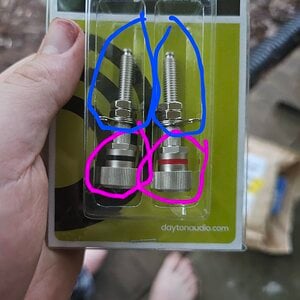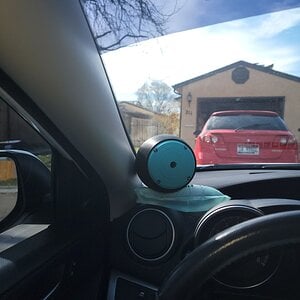jronnquist
CarAudio.com Newbie
Hello,
Can anyone explain the general rule of thumb to be employed when matching amps to speakers (or vice-versa) to me? From the dozen or so YouTube videos I have watched, the consensus seems to be that the amp should have a rated RMS output per channel about 1.5 to 2 times higher than the RMS rating of the speaker. This is all well and good, but in practical terms it doesn't seem to work.
For example, if you go onto any of the major car audio retail websites in the UK, even most 1000W 4-channel amps will only have a RMS rating per channel of 50-60 Watts at 4 Ohms. If I was to go with the 2x rule above, it would mean matching it with speakers rated at 25-30W RMS, and I have yet to find a half-decent speaker below 45W.
I appreciate this question betrays the depth of my ignorance, but I'm determined to get my head around the science before I begin spending any money. Any help would be greatly appreciated.
Can anyone explain the general rule of thumb to be employed when matching amps to speakers (or vice-versa) to me? From the dozen or so YouTube videos I have watched, the consensus seems to be that the amp should have a rated RMS output per channel about 1.5 to 2 times higher than the RMS rating of the speaker. This is all well and good, but in practical terms it doesn't seem to work.
For example, if you go onto any of the major car audio retail websites in the UK, even most 1000W 4-channel amps will only have a RMS rating per channel of 50-60 Watts at 4 Ohms. If I was to go with the 2x rule above, it would mean matching it with speakers rated at 25-30W RMS, and I have yet to find a half-decent speaker below 45W.
I appreciate this question betrays the depth of my ignorance, but I'm determined to get my head around the science before I begin spending any money. Any help would be greatly appreciated.




